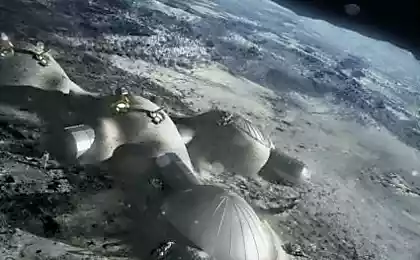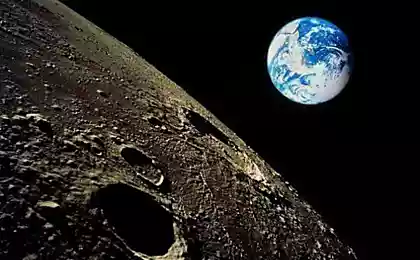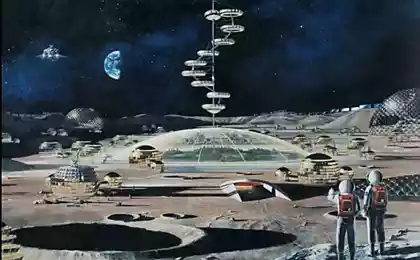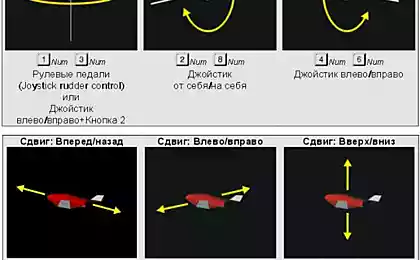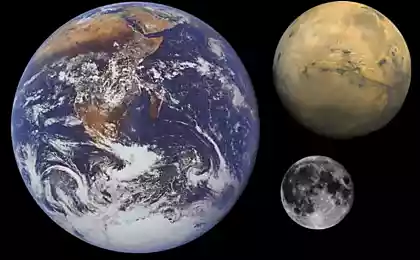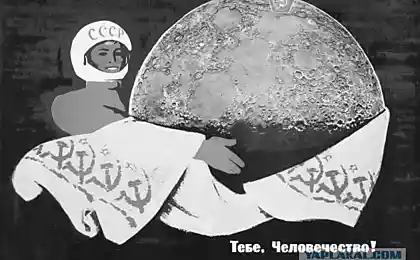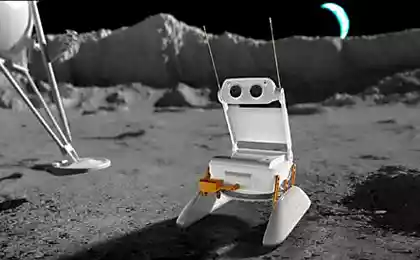1229
Interesting facts about the Moon
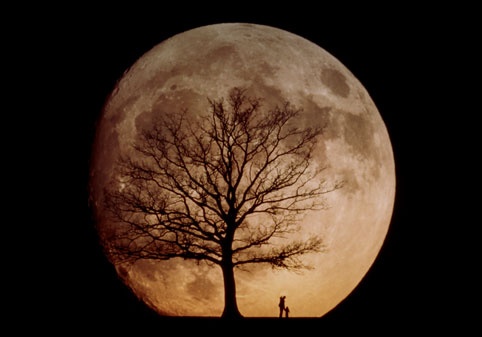
Most scientists are inclined to the theory of the formation of the Moon, which states that once was head-on collision of the Earth and some of the planet the size of Mars. As a result, a smaller planet collapsed into numerous fragments, which formed a huge belt around the Earth. Later, this ring is concentrated in huge "clot", from which the moon formed.
When the Moon is moving away from Earth at the greatest distance (apogee), the weather and the tides are the most predictable, but when in perigee (closest to Earth), Moon creates a more powerful tides and weather, the earth makes the most unstable.
The moon unenviable history. She survived the so-called "late heavy bombardment" - it was a period in the range of between three and four million years ago. During this period the Moon (at the same time with her and the Earth) the severe bombardment of meteorites.
The moon - this is more ovoid than spherical body.
The mass of the lunar crust is only 2-4% of its total weight, whereas the earth's crust is 30% of its total mass.
Moonquake that originate a few kilometers inland from the surface of the satellite is likely to result from the gravitational interaction between the two celestial bodies.
When the Moon 4, 5 billion years ago, only originated, was at a distance of 22,530 km from the Earth, it was three times more.
The largest crater is on the invisible side of the moon from Earth, it is located near the south pole Aitken called. The largest crater is visible from the Earth, called the crater Bailey, and its diameter is about 295 kilometers.
The attraction of the Moon slows the Earth's rotation until its formation the Earth rotated much faster, and the days were shorter.
Team of the sixth Apollo brought a nearly 4 quintals (385kg) of the Moon.
Earth may "hold" approximately 49 moons.
It is interesting that the Moon is 400 times smaller than the sun, but is 400 times closer to the Earth. Thus, when viewed from the Earth and the Moon and the Sun appear the same size.
Traces astronauts were on the moon for millions of years. No wonder - there is no wind, no moisture.
The Moon has no atmosphere, so there are no twilight, and night (or day) occur immediately.
Unlike the sun, which rises in the morning and moves on the horizon one by every day and every year, the moon has a complex cycle length of 18, 6 years. Ancient civilization, realizing this difficult cycle, built monuments that are "tracked" the motion of the moon.
Before astronomers realized that solar eclipses occur, due to the fact that light obscures the moon, the Chinese believed that it swallows a huge dragon. During the eclipse, they made a lot of noise to scare the mythical beast.
The moon was worshiped in many ancient cultures as a deity. The Greeks and Romans were even three of the goddess of the Moon: Artemis (Diana) embodied the new moon, Selena - the moon in full phase and the Hecate personified the reverse side of this heavenly body.
The oldest known map of the Moon 5000 years old, are found in Ireland, carved in stone on a prehistoric tomb. Prior to that, the oldest map of the moon was considered the image of the lunar surface, created by Leonardo da Vinci around 1505.
The first messenger of mankind to the moon lander was the Soviet Luna 2.
Aristotle and Pliny the elder of the thought that the moon affects the fluid in the human brain, drives him crazy and calling it inappropriate behavior.
In November 1970 the first vehicle to pass on the Moon. They delivered on the moon became a Soviet Lunokhod robot 1.
The first person to take a short trip to the moon began in 1969, was the American Neil Armstrong, and the last in the recent history of the human footprint (and also American) on the lunar surface left Eugene Kernan. This happened in 1972.
The force of attraction of the moon is about 6 times less than the Earth's gravitational embrace. Therefore, if it were possible to hold athletic competitions on the moon, the record for the high jump "grown" up to fifteen meters.
Full solar eclipses occur every one or two years. But the chance to be completely in the shadow of the moon exactly at the point where you are can be presented only once in several hundred years.


